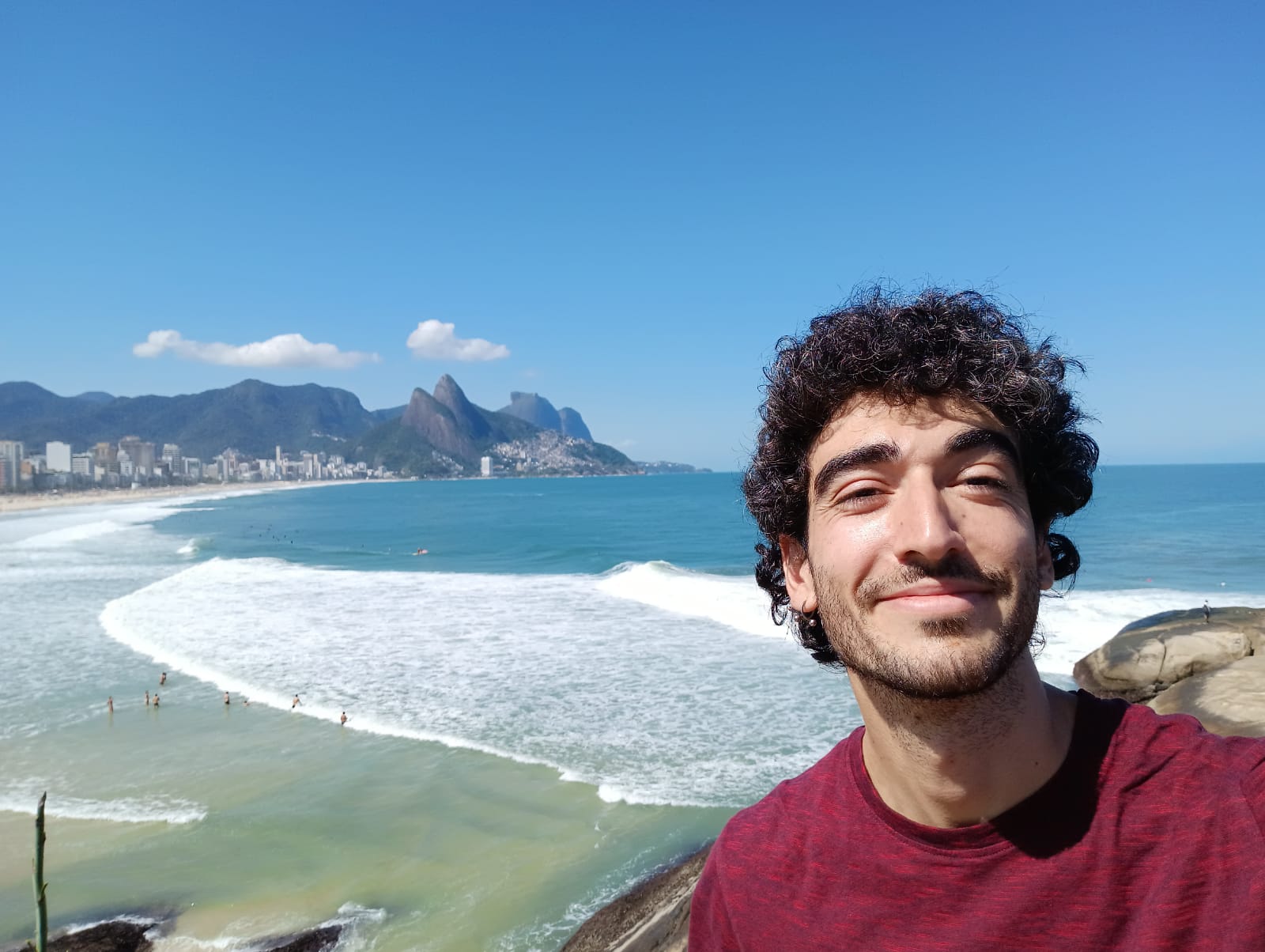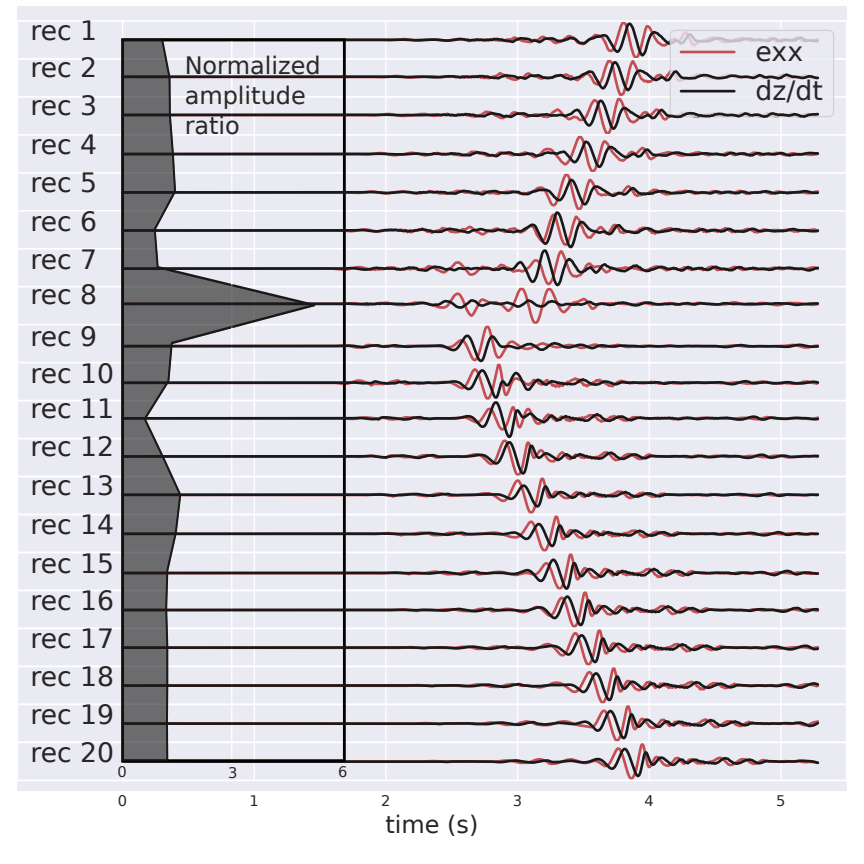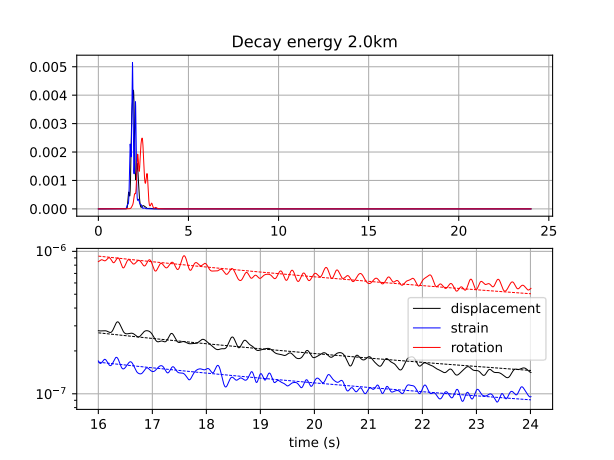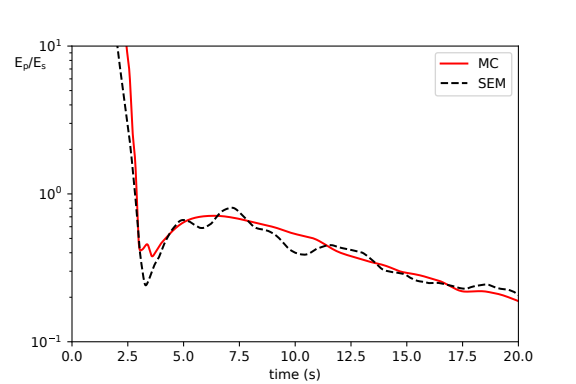SPIN ESR 1.3: Wavefield gradient methods to monitor the Earth’s crust
Name: Mirko Bracale 
Institution: University of Grenoble Alpes (UGA)
Email: Mirko.Bracale@univ-grenoble-alpes.fr
PhD title and defense date: The Seismic Wavefield and Its Gradients in Complex Scattering Media: Numerical Simulations with Applications to Shallow Heterogeneity Detection and In-Situ Characterization of a Volcanic Magmatic Structure, June 13, 2025.
Postdoc at UGA until 13.10.2025.
Postdoc at OGS, Italy from 01.11.2025.
Introduction
My name is Mirko and I come from Napoli, Italy. I graduated in Physics at the Universita’ di Napoli Federico II with a curriculum in seismology. For my thesis, I conducted a feasibility study on the application of an Earthquake Early Warning system in three Greek Ionic Islands.
In October 2021, I began my PhD under the supervision of Michel Campillo and Helle Pedersen. My thesis, titled “Wavefield Gradients Method to Monitor the Earth’s Crust,” explores the potential use of new observables, such as rotations and linear strain, for seismic monitoring.
Publication
Design, Implementation and Testing of a Network-Based Earthquake Early Warning System in Greece, M. Bracale, S. Colombelli, L. Elia, V. Karakostas,A. Zollo 2021 [ DOI 10.3389/feart.2021.667160 ]
Effect of shallow heterogeneities on wavefield gradients measurements, M. Bracale, R. Brossier,H. Pedersen, M. Campillo. [EGU General Assembly 2023]
Research progress
The seismological community has recently shown a growing interest in using rotational sensors and DAS due to their improved sensitivity and cost-effectiveness. In my study, I investigate the sensitivity of wavefield gradients, in form of normal strain and rotation in two different context.
- In homogeneous mediums with localized shallow velocity changes. I examined two case studies where I introduced a velocity anomaly causing a 10% and 70% decrease in velocity, respectively. I evaluated the sensitivity of these new observables in terms of phase shift and amplitude change. My results indicate that the wavefield gradients exhibit a highly localized effect, with larger amplitudes near the interface between the medium and the anomaly, whereas further away from it, they behave similarly to the wavefield itself.
 Scattered field εxx vs dx/dt, a seismic anomaly is located beneath the 9th receiver.
Scattered field εxx vs dx/dt, a seismic anomaly is located beneath the 9th receiver.
- In high scattering medium. In this case I have successfully concluded a preliminary phase dedicated to understand if my simulations are able to correctly represent the propagation of seismic waves in scattering mediums.
 Energy decay in the late coda.
Energy decay in the late coda.
 Ratio of the longitudinal and shear wave energy, comparison between SEM and MC computations.
Ratio of the longitudinal and shear wave energy, comparison between SEM and MC computations.